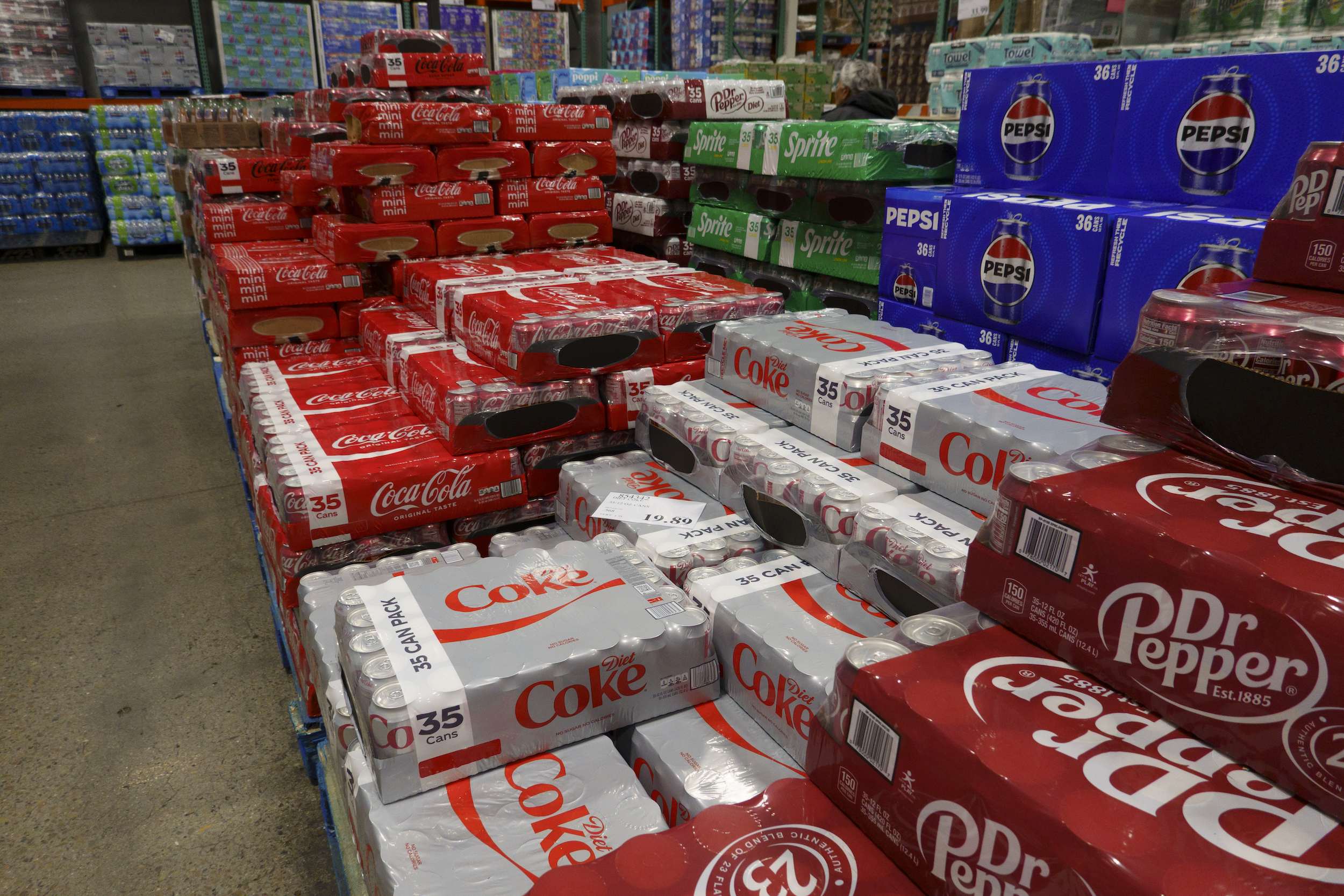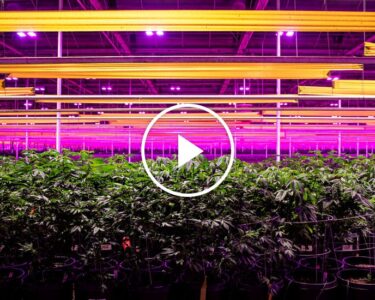Many states—from Idaho to Kansas to Texas—want to stop subsidizing soda through SNAP, the government’s largest nutrition assistance program. Their reasoning is that these products are poisoning Americans. We are scientists who have studied dietary habits and nutrition for almost two decades and we agree. The science is clear: drinking soda is not good for our health.
Restricting SNAP dollars from purchasing items like soda is not a new idea. When Congress created SNAP in 1964, it considered restricting sugary drinks from the program, but concluded recipients were unlikely to use their benefits for soda over other essential items. That assumption may have been true at the time, when Americans’ caloric intake from sugary drinks was less than half of what it is now. But today, the food environment looks dramatically different.
Beginning in the 1960s, American food companies—some of which have been run by tobacco companies—engaged in nefarious corporate practices to create addictive products like sugary drinks, heavily market those products to the American public, and aggressively downplay their health harms. SNAP has not evolved in response to this health threat.
Today, sugary drinks are cheap and widely available, from kids’ sporting events to hospitals to stores like Home Depot and Lowe’s. Sugary drinks make up over 7 percent of the calories consumed by U.S. children and account for about 9 percent of grocery spending among SNAP recipients.
There is no debate that these products harm children’s health in myriad ways, contributing to tooth decay, weight gain, and chronic diseases—many of which were rare among children just two decades ago. Clear evidence shows that sugary drinks are addictive, triggering behavioral and biological responses much like tobacco and alcohol do. Yet SNAP directs more than $10.5 billion each year to a soda industry that has systematically targeted poor families, flooded the marketplace with harmful products, and contributed to astounding rates of chronic diseases among U.S. children.
If SNAP were created today, it is unlikely anyone outside the food industry would support using benefits for sugary drinks. Yet many anti-hunger advocates fiercely oppose excluding these products from SNAP. This is due, in part, to the large amounts of food industry funding that anti-hunger groups receive. It is also rooted in understandable concerns for the future of SNAP, which is one of the nation’s most critical poverty alleviation programs. To be clear, decades of research show SNAP is associated with a range of positive outcomes, including reduced poverty, improved food security, and better mental and emotional health. SNAP participation in childhood also leads to increased economic self-sufficiency in adulthood, making the program extraordinarily cost-effective. This program should not be cut. Instead, the money being channeled to soda companies should be used to support the purchase of healthier groceries.

Kevin Carter/Getty Images
There is a long history of federal benefit programs evolving to support national public health priorities by instituting restrictions on products or services eligible for reimbursement. For example, the Department of Housing and Urban Development (HUD) runs the nation’s largest rental assistance program, with a primary goal of alleviating housing insecurity. Since 1999, HUD has not allowed federal rental assistance dollars to go towards properties with lead-based paint hazards, such as chipped lead paint or lead-contaminated soil. Though not primarily a health program, HUD’s efforts have been associated with reduced blood lead levels among HUD-assisted children, ultimately protecting their growth and brain development. During the past 25 years, HUD’s lead-based paint hazard program has expanded to address mold, allergens, and other environmental threats to children’s health in federally assisted housing. Clearly, there is precedent for federal programs having dual goals, especially with a focus on health.
Those opposed to excluding sugary drinks from SNAP are concerned about limiting the choices of individuals already facing choice constraints. But this argument ignores how beverage companies themselves constrain people’s choices. By aggressively marketing their products, these companies make sugary drinks the most desirable option and, in some contexts, the only option for lower-income families. Sugary drink distributors intentionally target SNAP recipients by increasing sugary drink advertisements, displays, and special offers in stores in low-income communities when SNAP benefits are distributed. This is reminiscent of tobacco marketing strategies in the 1970s, which targeted low-income people through discount coupons distributed with SNAP and special offers at point of sale to keep cigarette prices low.
By subsidizing sugary drinks with SNAP, we are rewarding an industry that limits choices for lower-income families, ensuring the lowest-quality food is the most available and affordable option. Supporting it is no different from arguing that HUD-assisted families should be free to choose housing with hazardous lead-based paint.
Some argue against SNAP restrictions because we lack high-quality data to show how the policy will affect diet and health. This is true—our best data are from very small experiments, which show little to no differences in diet quality when sugary drinks are excluded from a program designed to mimic SNAP.
But these findings overlook the likely systemic effects of the policy on food industry practices, which will only become clear when the policy is implemented at scale. Food companies often reformulate existing products to be healthier or introduce new, healthier products when faced with nutrition restrictions in government programs. For example, when the state of Massachusetts implemented stricter nutrition standards for snacks sold in schools, food companies quickly reformulated their products to be lower in salt and sugar, meeting the revised standards. In the U.S. and across the globe, similar effects have resulted from beverage taxes, marketing restrictions, and food labeling laws, making the food supply healthier for everyone and contributing to positive dietary changes. Without a state or national policy change, the long-term effect of SNAP restrictions on Americans’ diets is likely to be underestimated.
SNAP has looked essentially the same for over 60 years, despite scientific consensus that sugary drinks are harming our health. Public programs should not remain static and can evolve to address the changing needs of the population. Soda is poisoning our kids. The government doesn’t need to subsidize it.
Christina A. Roberto, PhD, is the Mitchell J. Blutt and Margo Krody Blutt Presidential Associate Professor of Health Policy at the Perelman School of Medicine at the University of Pennsylvania. She is also the Director of the Psychology of Eating and Consumer Health lab (PEACH lab) and Associate Director of the Center for Health Incentives and Behavioral Economics at Penn. Alyssa J. Moran, ScD, MPH is Director of Policy and Research Strategy at the PEACH Lab.
The views expressed in this article are the writers’ own.
👇Follow more 👇
👉 bdphone.com
👉 ultractivation.com
👉 trainingreferral.com
👉 shaplafood.com
👉 bangladeshi.help
👉 www.forexdhaka.com
👉 uncommunication.com
👉 ultra-sim.com
👉 forexdhaka.com
👉 ultrafxfund.com
👉 bdphoneonline.com
👉 dailyadvice.us




